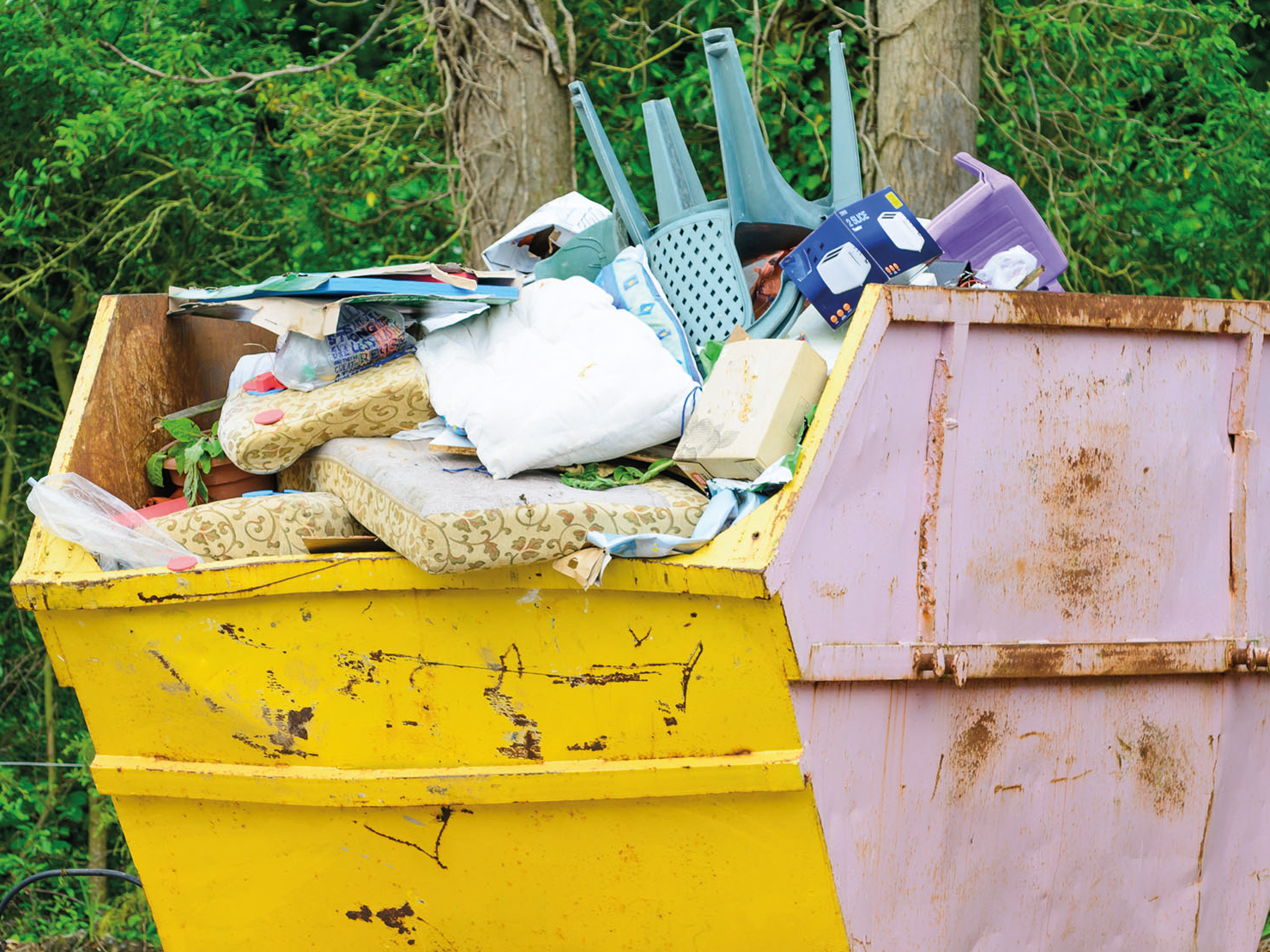 Gesellschaft
Gesellschaft


46502158 / 55501783
Geschlechteridentität
Geschlechtervielfalt und Transidentität
Teil des Erwachsenwerdens ist es, seine eigene Identität zu finden. Für manche wird diese Identitätsfindung erschwert, weil das körperliche Geschlecht nicht mit dem empfundenen Geschlecht übereinstimmt.
Der Film wirft einen Blick auf heutige und historische Rollenbilder und das Verhältnis zu transidenten Menschen in anderen Kulturen. Er erklärt, was Transidentität ist und warum es wichtig ist, darüber zu informieren und über Vorurteile aufzuklären.
Den Abschluss bilden drei persönliche Erfahrungsberichte von transidenten Menschen, die offen über ihre Erlebnisse und die Reaktionen ihrer Umwelt sprechen.
In Verbindung mit dem Zusatzmaterial (Arbeitsblätter, interaktive Aufgaben, Testfragen, Glossar) lässt sich das Medium hervorragend im Unterricht verwenden.
Die interaktiven Aufgaben wurden mit H5P erstellt und können ohne weitere Software verwendet werden.


Lehrplanzentral und an den Bildungsstandards orientiert
Passend dazu
Plastik in unserem Alltag
Plastik hat sich in den vergangenen Jahrzehnten in unserer Umgebung stark ausgebreitet. So stark, dass wir es mit der Nahrung aufnehmen und es sich bereits im Urin von Kindergartenkindern nachweisen lässt.
Wegwerfgesellschaft
Der Müllberg wächst Jahr für Jahr. Das liegt zum Einen daran, dass die Verpackungen aufwändiger werden, zum Anderen an den extrem kostengünstig produzierten Konsumgütern, die häufig einen Neukauf lohnender als eine Reparatur machen.
Gedenk- und Feiertage
Feiertage gibt es in allen Kulturen. Es sind Festtage mit entweder gesellschaftlichem, religiösem oder politischen Hintergrund. Diese Feiertage finden jährlich an einem festgelegten Tag statt. In Deutschland gibt es Feiertage, an denen flächendeckend nicht gearbeitet wird. Hierbei handelt es sich um gesetzliche Feiertage. Bei anderen Feiertagen, meist mit religiösem Hintergrund, entscheiden die Bundesländer individuell, ob es sich um einen tatsächlich arbeitsfreien Tag handelt. Im Film beschrieben werden nicht nur Feiertage in Deutschland, sondern auch z.B. islamische Feiertage, oder der Christopher Street Day als politisches Statement.










